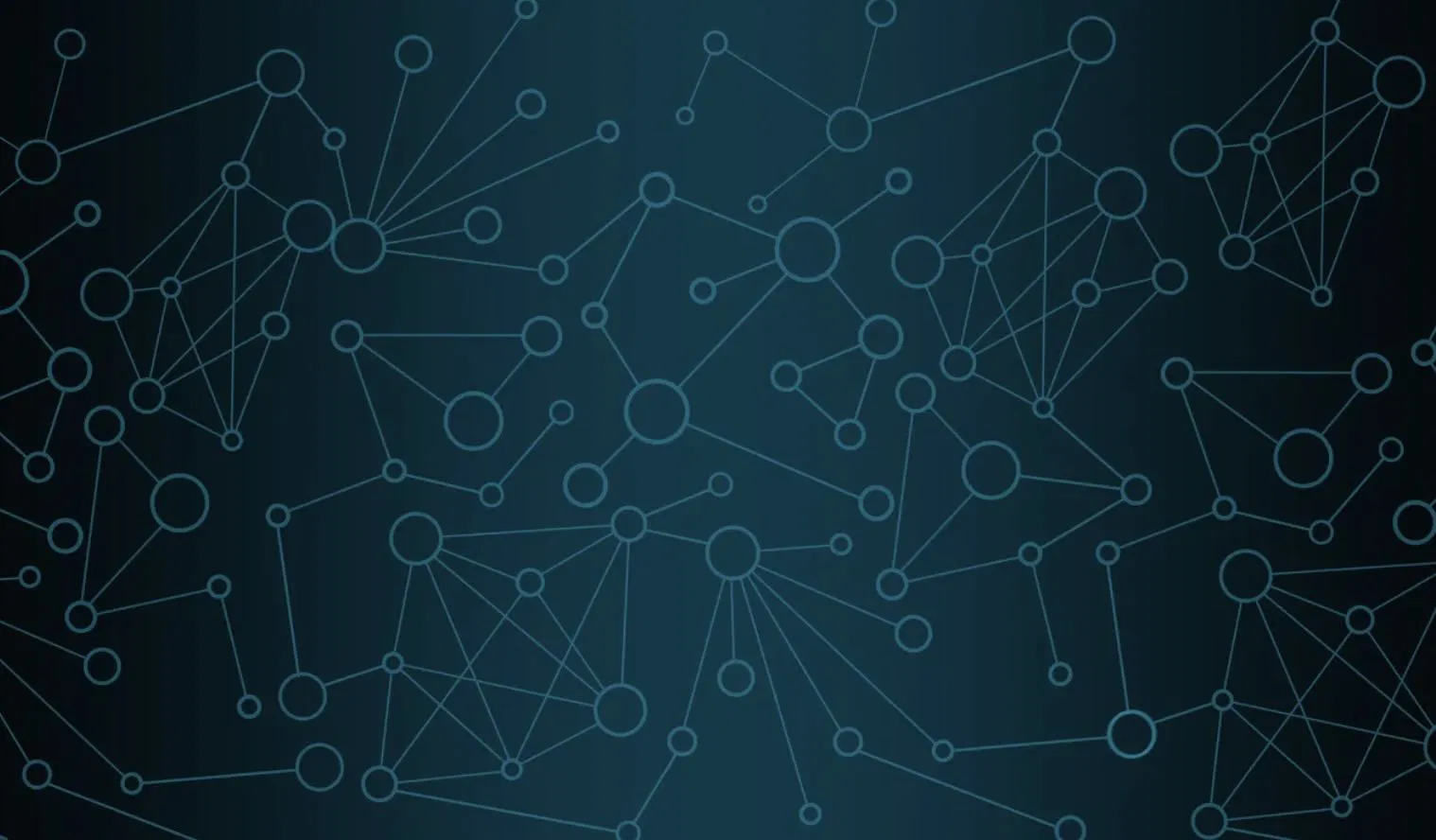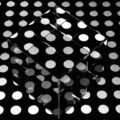With the unusually titled “Provably Weird Network Deployment and Detection (PWND2)” program, DARPA aims to take “revolutionary” steps rather than “evolutionary” ones that only improve existing systems, seeking proposals that will offer truly novel network concepts.
“If we’re successful, I envision the creation of a new science of hidden networks,” said Michael Lack, DARPA program manager for PWND2. “What’s traditionally been an artisan-driven process, i.e., literally clever people in a room coming up with clever ideas, can be transformed using mathematical rigor to provide greater confidence when deploying a network with a clear understanding of the tradeoffs between performance and privacy.”
Hidden Communications Systems
Today’s hidden communications systems (HCS) are crucial to national security and internet freedom but have significant vulnerabilities. Their design processes are often ad hoc, and the final product cannot guarantee anonymity.
Time is the greatest enemy of any HCS. They exist in a complex and ever-changing design space, yet their designers work from an understanding of a network at a fixed point in time. Also, when an adversary identifies any capability, it loses its usefulness and becomes vulnerable to hostile exploitation. The long process of designing a new technique must begin again at that point.
Additionally, thoroughly testing these networks is almost impossible. While some testing does occur, testing for the most obscure and convoluted real-world network environments is not feasible. What empirical testing can be performed is costly and time-consuming.
For Lack and his DARPA team, solving these issues required getting a little “weird.”
Weird Networks
“PWND² defines the term weird network (WN) as infrastructure that enables emergent, unintended communications outside the original specification of a network and can formally represent any form of hidden or obfuscated communication,” Lack told The Debrief concerning what, precisely, DARPA means by “weird” in the case of hidden networks.
“This concept is analogous to how weird machines provide a formalism for describing unintended, emergent code execution,” Lack said. “WNs are use-case agnostic and can enable hidden communications in support of internet freedom or other use cases where the fact that entities are communicating needs to be kept secret.”
With testing one of the most significant obstacles, how can teams create “provably” weird networks?
“The term ‘provably’ is key in that this program will explore whether software-defined networking approaches paired with formal methods can provide provable privacy and performance guarantees for hidden communication systems at a meaningful scale,” Lack explained to The Debrief.
The Continuing RACE to Create Weird Networks
PWND²’s immediate predecessor was another DARPA project called Resilient Anonymous Communication for Everyone (RACE). Lack described to The Debrief how the new initiative seeks to build upon what RACE accomplished.
“On RACE, performers built multiple robust and obfuscated communication channels to help ensure that users of the system maintain their privacy,” he explained. “The privacy of those channels was empirically tested against a specific type of adversary. The PWND2 program seeks to go beyond empirical testing and provide mathematically provable guarantees about the privacy and performance of obfuscated channels like those developed on RACE.”
Where the Project is Headed
Over thirty months, teams will develop new languages and analysis tools for network communications. They aim to test PWND2’s hypothesis that “software-defined networking approaches paired with formal methods can provide provable privacy and performance guarantees for hidden communication systems at meaningful scale.” To do this, they will investigate new weird networks, their relationship to the traditional networks they emerged from, and adversary capabilities.
DARPA seeks to make weird networks a big-tent project in the future. Lack told The Debrief that there is still time to draft proposals for anyone interested in pushing the boundaries of network science.
“On Sept. 20, DARPA published the broad agency announcement, which we use to cast a wide net to solicit ideas in this research area. We encourage anyone who has relevant ideas – whether they’re from a small business or large, as well as academic researchers – to consider submitting an abstract by our Oct. 1 deadline,” he said.
Further information on applying to the project is available on the System for Award Management (SAM) website.
Ryan Whalen covers science and technology for The Debrief. He holds a BA in History and a Master of Library and Information Science with a certificate in Data Science. He can be contacted at ryan@thedebrief.org, and follow him on Twitter @mdntwvlf.

